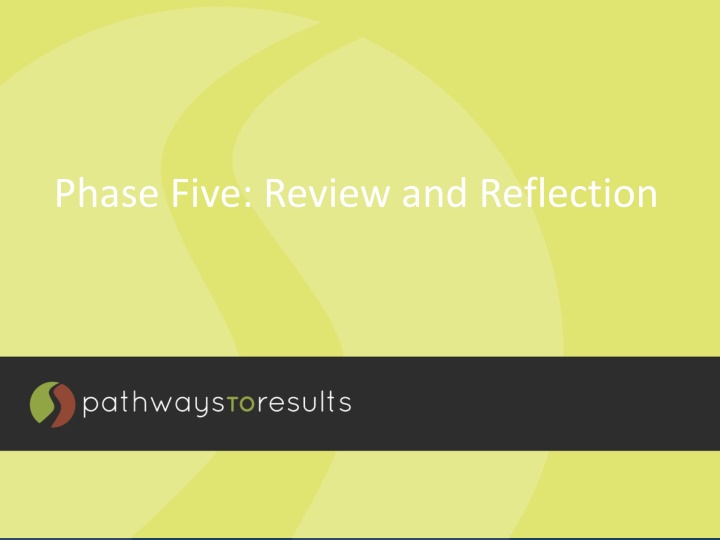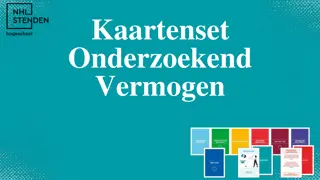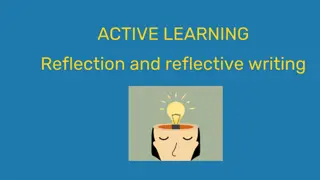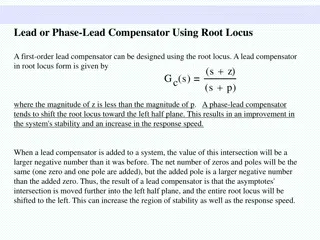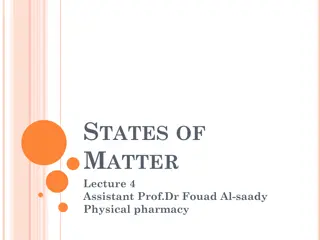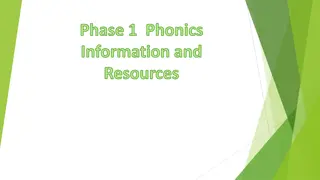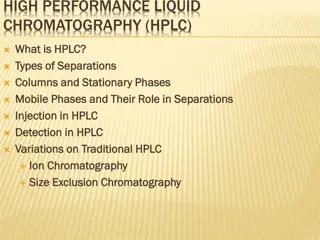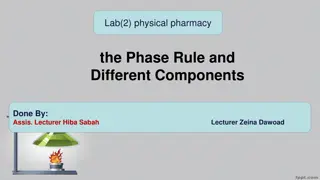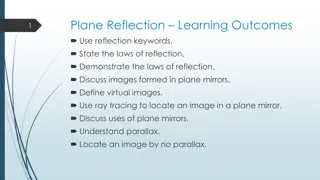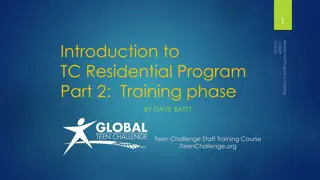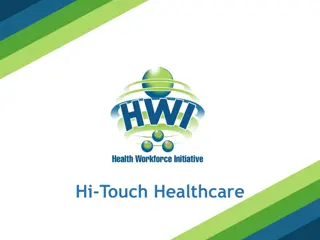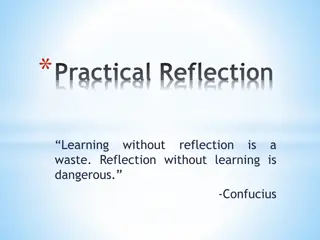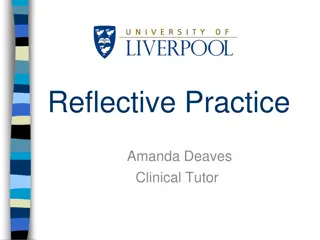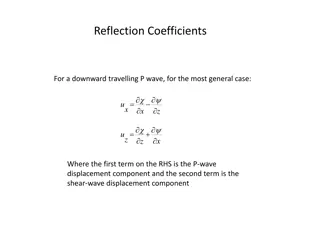Phase Five Review and Reflection
"Reflect on the results of the PTR process, document learnings, plan for sustainability, and explore extending PTR to other areas for valuable outcomes. Review individual and group reflections, assess agreement levels, share stories, and address key questions. Discover gaps, feelings, and insights while focusing on achieving equitable outcomes and sustained solutions. Engage in a meaningful review and reflection process guided by structured steps."
Download Presentation

Please find below an Image/Link to download the presentation.
The content on the website is provided AS IS for your information and personal use only. It may not be sold, licensed, or shared on other websites without obtaining consent from the author.If you encounter any issues during the download, it is possible that the publisher has removed the file from their server.
You are allowed to download the files provided on this website for personal or commercial use, subject to the condition that they are used lawfully. All files are the property of their respective owners.
The content on the website is provided AS IS for your information and personal use only. It may not be sold, licensed, or shared on other websites without obtaining consent from the author.
E N D
Presentation Transcript
During the PTR process, I had some huh? moments before aha! moments. However, now having gone through the process, I think that it can be effectively applied to other areas with valuable results. - Cathy Flood, Parkland College Partnership
Purpose and Goals 1. To review and reflect on results of PTR 2. Document what individuals and team learned in the PTR process. 3. To identify ways PTR can be extended to other Programs of Study 4. To develop plans to sustain PTR solution
Outcomes and Equity How will our solution help to produce equitable outcomes? How will our solution be sustained? How will our solution be transferred to other Programs of Study?
Steps of Phase Five Step 1: Individual Reflection and Questionnaire Step 2: Group Reflection Step 3: Create Shared Understanding
Step 1 Complete the individual reflection and questionnaire Prepare personal reflection Complete questionnaire about sustaining PTR solution and extending to other POS
Example from questionnaire results Level of Agreement that PTR Solution will Improve POS (n=8) Improve outcomes 1.38 Leader commitment 1.75 Accountability to partners 1.63 Feasible to implement 1.50 Team commitment 1.63 Important problem 1.63 0.00 0.20 0.40 0.60 0.80 1.00 1.20 1.40 1.60 1.80 2.00 Ranging from Strongly Disagree (-2) to Strongly Agree (2)
Step 2 Create a group reflection Share individual stories Individual reflection Group reflection
Three Basic Questions What did we learn? How did we learn it? How do we feel about what we learned? Gaps between students PTR Data Equity Excited Happy Students have great ideas Process Map Communication Anxious Excited We are going in the right direction By doing Hopeful Target the right students Nervous change may not happen Looking to the future Talk with student Equity matters
Three Basic Questions What did we learn? How do we feel about what we learned? How did we learn it? Data Equity Excited Excited Equity matters Happy PTR Gaps between students Looking to the future Process Map We are going in the right direction By doing Hopeful Communication Students have great ideas Talk with student Target the right students Nervous change may not happen Anxious
Step 3 Develop a shared understanding Reflect on the work accomplished Create plan to sustain long term improvements Integrate the reflection into on-going work
It seemed that every meeting had a snowball effect. Review, revision, and program improvement in one area had positive effects on another. - Sherry Hott, Southwestern Illinois College Partnership
Phase Five Webpage This link takes you to tools and support materials that your team needs to complete Phase Five. http://occrl.illinois.edu/projects/pathways/phases/5
References and Resources Denning, S. (2001). The springboard : How storytelling ignites action in knowledge-era organizations. Boston, MA: Butterworth-Heinemann. book available online: http://www.stevedenning.com/ Books/the- springboard.aspx Information about the Feldman, S.P. (1990). Stories as cultural creativity: On the relation between symbolism and politics in organizational change. Human Relations, 43, 809- 828. Available online: http://hum.sagepub.com/content/43/9/809.full.pdf+html Greenwood, J. (1998). The role of reflection in single and double loop learning. Journal of Advanced Nursing, 27, 1048-1053. Available online: http://www. communityhealthcarebolton.co.uk/SHA/LLL/resources/reflective/Greenwood. Pdf McDrury, J., Alterio, M. (2003) Learning through storytelling in higher education. London: Kogan Page. A review of the book is available online: http://escalate.ac.uk/1520 Patton, M. Q. (2011). Developmental Evaluation: Applying Complexity Concepts to Enhance Innovation and Use. New York, NY: The Guilford Press.
OCCRL OCCRL e-mail: occrl@illinois.edu PH: 217-244-9390 Website: occrl.illinois.edu PTR website: http://occrl.illinois.edu/projects/pathways
